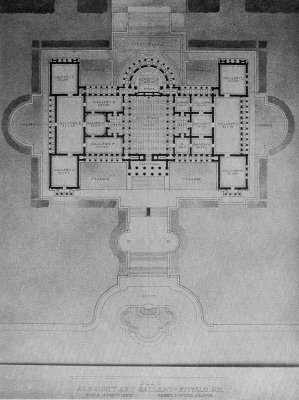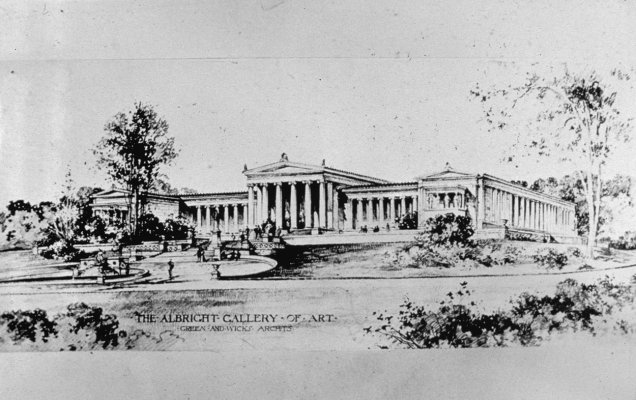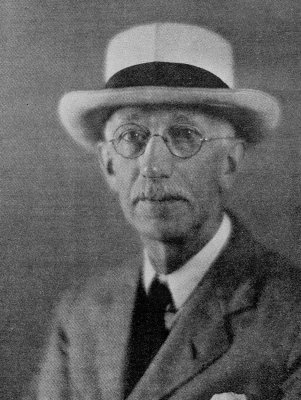In 1862, somewhat too optimistically, the founders of the Buffalo Fine Arts Academy agreed at their initial meeting that “Buffalo is to have a permanent Art Gallery at once. This is a settled and invincible fact.” Unfortunately, for a number of different reasons, it would be 43 years before the museum would have a permanent home and these men could bring their promise to fruition.
The Board of Directors, under the guidance of local industrialist John J. Albright, who presented the land and funds for the new art gallery, recommended architect Edward Brodhead (E. B.) Green, of Green & Wicks. Green, a longstanding member of the Buffalo Fine Arts Academy Board of Directors, was a close friend and personal architect for Albright. Green was a distinguished Buffalo architect who was also responsible for the design of the Toledo Museum of Art and the Dayton Art Institute.
The resulting neoclassical building, created in the tradition of many nineteenth-century museums, is located on Buffalo's Elmwood Avenue within a park designed by Frederick Law Olmsted. The building's interior consists of a series of galleries planned around a colonnaded sculpture court overlooking Lincoln Parkway and Hoyt Lake.

E. B. Green's original drawing plan for the 1905 Building. Image courtesy of the Albright-Knox Art Gallery Digital Assets Collection and Archives, Buffalo, New York.

Architect's rendering of the 1905 Building's east facade. Image courtesy of the Albright-Knox Art Gallery Digital Assets Collection and Archives, Buffalo, New York.
